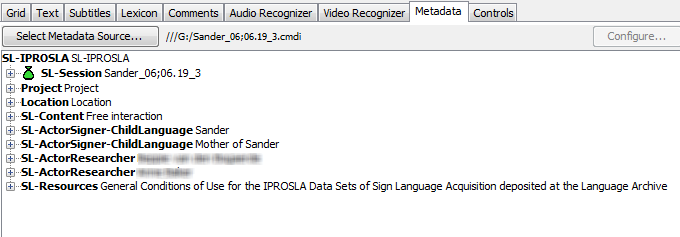

The "Coordinate System" node displays map properties for datasets georeferenced to a geographic or projected coordinate system.An example node is "Raster," and an example property for Raster is "Dataset." You cannot edit metadata fields from this dialog. Click each node on the left side of the dialog to see values for each of its properties.Here are some tips for working with the Metadata Viewer:

Create your account today and get 5GB free space for 30 days.Use View Metadata to view detailed properties of the following types of data:ĭouble-click the layer name in the Layer Manager, or right-click and select View Metadata. If you prefer to keep your copyright and other EXIF/XMP/IPTC data in your served images, go to your Default profile > 'Image Options' section > 'Strip image metadata' option > Change from 'Enabled' to 'Disabled' > Save changes:Įxplore the possibilities of metadata with Sirv. (Meta is always preserved in the original master image). This helps reduce image file size, for faster loading. Sirv automatically removes metadata immediately before processing an image, as part of its image optimization process. By referencing the metadata name inside curly braces $&text.0.color=white&text.1.color=white&text.2.color=white&text.0.position=north&text.1.avity=southwest&text.1.position.x=0&text.1.position.y=-40&text.2.position=southwest&text.0.font.family=Fjalla%20One&text.1.font.family=Fjalla%20One&text.2.font.family=Fjalla%20One&text.1.size=15&text.2.size=40&text.0.size=60&text.1.opacity=70&text.2.opacity=70&watermark=/Examples/strabo-logo.png&watermark.opacity=70&=40&watermark.position=southeast&=150%&=112% Meta stripping One powerful usage of metadata is for text overlays. Meta can also be added via the Sirv REST API:

Metadata can come from your original images or be added within Sirv.


 0 kommentar(er)
0 kommentar(er)
